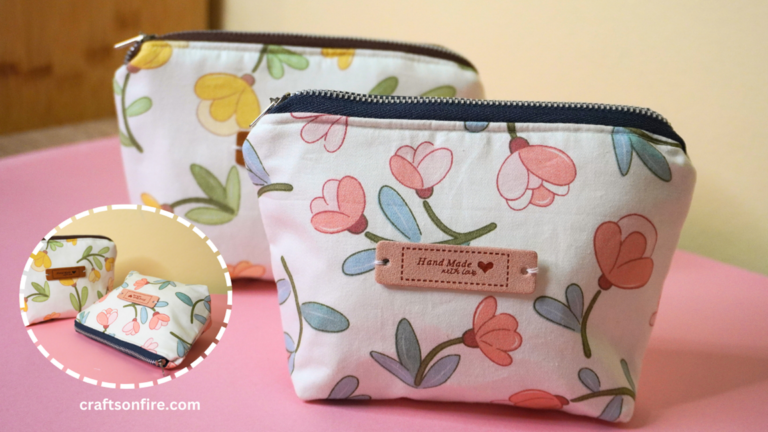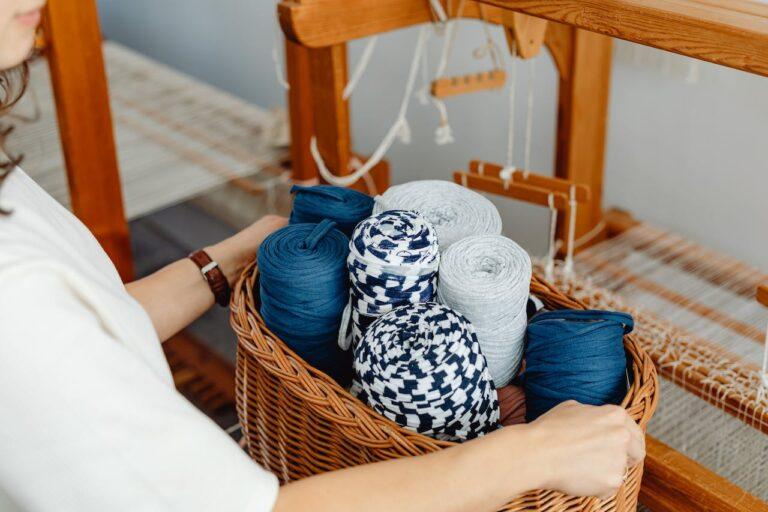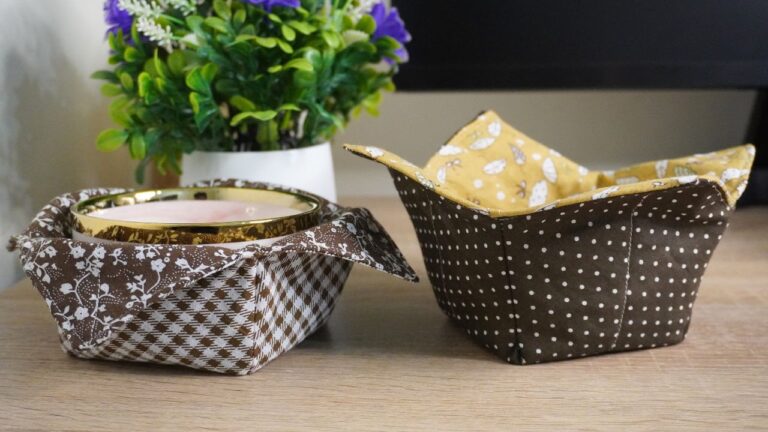How To Repair Water Damage To Carpets (Affordable Solutions)

Carpets may be beautiful and comfortable but they can be extremely expensive and easily damaged. One of the simplest yet worst ways to destroy a carpet is with water. Water damage to carpets is not only difficult to fix but can be quite dangerous to your health if left untreated.
This is why it’s imperative that you deal with the problem as quickly as possible to minimize the damage caused to carpets and restore them to their former glory.
The following tips on repairing water damage to carpets are meant to be the quickest and most cost-effective solutions at your disposal.
It may take some time and personal labor but it’s much better than having to throw it out and buy another if you can’t afford to do so.
With that being said, let’s get straight into this article on how to repair water damage to carpets.
Table of Contents
1. Fix the source of the leak
Any effort you make towards repairing water damage to carpets will be a waste of time and money if you don’t stop the cause.
If the issue was caused by the spillage of water, then that is something that doesn’t require addressing.
However, if the cause of the water damage is due to poor plumbing, structural issues, broken or leaking appliances and rain or snow, then you need to deal with that before actually addressing the carpet itself.
It’s always a good idea to hire a plumber or appliance technician who can take a look at pipes, taps or machinery that may be leaking.
A builder or home maintenance worker would be an ideal candidate for addressing water damage from structural issues or installing some kind of protective measures against rain and snow.
2. Soak up the water with towels
If you can spot puddles of water on your carpet, then you need to remove that before actually drying it.
What I’ve noticed is that it becomes incredibly difficult to repair water damage to carpets that have not been drained of excess water.
Keep in mind that different carpets can only absorb a certain amount of water. Any additional water will end up sitting on the surface and require soaking up.
Towels and thick sponges are great for soaking up excess water from carpets and flooring.
3. Use a high powered vacuum
Another option for removing water from your carpets is with a high-powered vacuum. Industrial grade vacuums are more preferable because they can cover a larger surface area in a shorter space of time and are designed to soak up water.
I would not recommend using an average dry vacuum because it can be dangerous and problematic.
I would also like to add that vacuums may be able to soak up most of the water from carpets but not the padding.
What you’re going to need is an affordable wet and dry vacuum that is designed to deal with wet flooring and carpets.
I recommend using the Vacmaster Professional 12 Gallon Beast Series vacuum because it is built to suck up liquids and at an affordable price. It’s high-powered and known to help with wet carpets at home.

Click here to see the Vacmaster Professional 12 Gallon Vacuum on Amazon
Also, check out this quick tutorial on how to dry a wet fitted carpet by Chris Notap below:
4. Try using rice to soak up some water
If you don’t have access to enough towels or sponges, then you can use a bag or two of rice as a supplement.
Rice is known to absorb water and it is much easier to clean up and remove in comparison to other grains.
Granted, it’s not exactly the ideal solution but it’s a DIY option for soaking up excess water from carpets.
5. Shampoo and sanitize
As you will learn from this article, water damage to carpets poses a serious health hazard when left unattended for a few days.
The growth of dangerous fungi and bacteria can not only be hazardous to human health but can also create an odor that is hard to remove from your carpets by just drying them.
For this reason, it might be a good idea to use a shampoo or live enzyme liquid to clean and sanitize your carpet before drying.
This may also return your carpet to its more natural form and protect it from further damage when using high-powered machinery to dry it.
Related post: 18 Best DIY homemade cleaning product recipes
6. Use high powered fans
With carpets that are difficult to remove, your best option is to hire or use a high-powered fan to dry them.
It may take way too long to dry naturally and result in further damage or the development of mildew.
Intervention is necessary when the water damage covers a significant surface area.
As such, it’s a great idea to get fans and humidifiers to help clean and dry carpets.
7. Hang carpets outside in the sun and wind
For carpets that are smaller in size and easily removable, you can choose to sun and wind dry it on a line.
Hang these carpets for at least a day.
The wind and sun will help to dry up the water that has been absorbed by the carpet.
Additionally, it will also drip dry if you hang it outside on a line of some sort which would speed up the process.
8. Remove the piece that is severely damaged
If the water damage to the carpet is too severe but isn’t large or spread out, you can actually cut off the piece that’s damaged and replace it.
Ideally, you want to remove the damaged portion by cutting around it in a concise shape like a circle or square.
This will make it easier for you to cut out a replacement piece that can be fitted perfectly into the cut-off that now remains in the carpet.
If the carpet is movable, you may need to get it stitched or glued in place. If it’s fixed in place, then you can use carpet tape to secure it.
Related post: 10 Cleaning hacks that will save you time and energy
What causes water damage to carpets?
The most obvious answer would be water spillage from unexpected leaks or mishaps caused by someone.
However, there are other less obvious causes for water damage to carpets, such as the following:
- Poor plumbing.
- Structural issues.
- Broken appliances.
- Rain or snow.
It’s important to assess the damage and observe whether it’s a singular incident or something that has been going on for a day or more.
Additionally, the extent and appearance of water damage to carpets can give you an idea of what caused the issues.
A splash is indicative of something spilling over whereas a widespread wet area that is consistently growing or remaining wet towards the center or one area is more in keeping with an ongoing leak or seepage.
Signs of water damage
Water-damaged carpets are not just unattractive or messy but they also pose financial and medical issues if left unattended for a prolonged period of time.
To avoid permanent damage or worse, it’s best to deal with it as soon as possible. The earlier you catch it, the better and so it’s important that you familiarize yourself with the signs of water damaged carpets.
- Sogginess or dampness.
- Wrinkling and fraying of the fibers.
- Discoloration.
- Fading.
- Musty or dirty odor.
If your carpets show any of these signs, it’s highly possible that it has been exposed to some degree of water damage and the severity will depend on the extent of these signs.
Should carpets be replaced after water damage?
It depends on the severity of the water damage to carpets. If you notice that the water damage is fairly recent and doesn’t cover a very wide surface area, it’s relatively easy to repair this carpet, even by yourself.
If the damage is more extensive and has been ignored or missed for a prolonged period of time, it has to be replaced if the material has frayed, faded or discolored significantly.
More importantly, if the water damage caused mold to form and spread, it’s quite hazardous to your health and should probably be replaced.
Just to emphasize, small areas of water damage that don’t cover more than a foot or two of the carpet can easily be fixed and don’t necessarily have to be replaced as long as severe fraying or disfiguration has not occurred.
What you can do is remove the section of the carpet that has been damaged and replace it with clean-cut out as mentioned above.
Will wet carpet dry on its own?
A wet carpet will dry on its own if the water damage is extremely small. In other words, if the wet surface area is less than a few feet and the spillage was not substantial then it can dry on its own.
A bit of air and sun exposure will be enough to dry a carpet such as this but when the water damage is more extensive, then you will need to intervene and dry it using one of the means discussed in the article.
There’s a difference between a carpet being wet and a carpet being soaked.
A slightly wet carpet can be easily dried in a shorter space of time without significant damage whereas a soaked carpet will require more extreme measures to be repaired, if it can be repaired at all.
Another thing to consider is the location of the carpet.
If it’s in an environment that is naturally cold or moist, the likelihood of it drying on its own is relatively low.
How long can carpets stay wet?
Ideally, a carpet should be cleaned and dried within 24 hours of being soaked or wet.
If you allow it to remain wet for more than 48 hours, mold starts to form and this can be extremely hazardous to health.
Apart from mold, the damage done to the fibers will become more permanent if it remains wet for too long.
Additionally, discoloration may occur as well if you do not dry the carpet within a reasonable time.
As a rule of thumb, dry and repair wet carpet within 24 hours to prevent significant damage.
What are the dangers of a wet carpet?
The biggest danger of a wet carpet is the growth of mold and bacteria.
Mold/Mildew is a form of fungi that typically grows in moist environments and is hazardous to your health.
They produce spores that travel in the air and are inhaled by living beings.
Exposure to mold can cause ailments such as nasal stiffness, congestion, throat irritation, eye irritation and breathing issues.
One of the biggest dangers is respiratory issues caused by the prolonged exposure to mold.
During this time in our lives, the last thing we want is to impede our ability to breathe properly.
Apart from mold, other bad bacteria may grow in this environment that can cause humans to get sick.
How long does it take for mold to grow in wet carpets?
The answer to this question depends on the severity of the water damage to carpets as well as other external conditions such as temperature and humidity.
Mold can take up to 72 hours to grow or in some cases, in as little as 24 hours if the conditions for the growth of mold are ideal.
Once mold forms, it will continue to grow and spread with time until it becomes extremely dangerous to your health.
Check out this tutorial created by ehowathomechannel to stop mold after water damage:
For this reason, it’s safe to say that you should address water damaged carpets as soon as possible to prevent the growth and multiplication of mold.
Related post: Does vacuuming damage carpet? (Answered and explained)
In conclusion
It can be really inconvenient and costly to replace a carpet which is why it’s best to address any leaks or spills as soon as possible.
As much as prevention is better than cure, not everything can be accounted for and prevented.
But, I do hope that the advice in this article provides you with everything you need to know on how to repair water damage to carpets quickly and affordably.
If all else fails, you can always call in a professional team who may be able to salvage a water-damaged carpet if it’s possible.
With that being said, please share your questions or thoughts in the comment section below and let’s talk.





